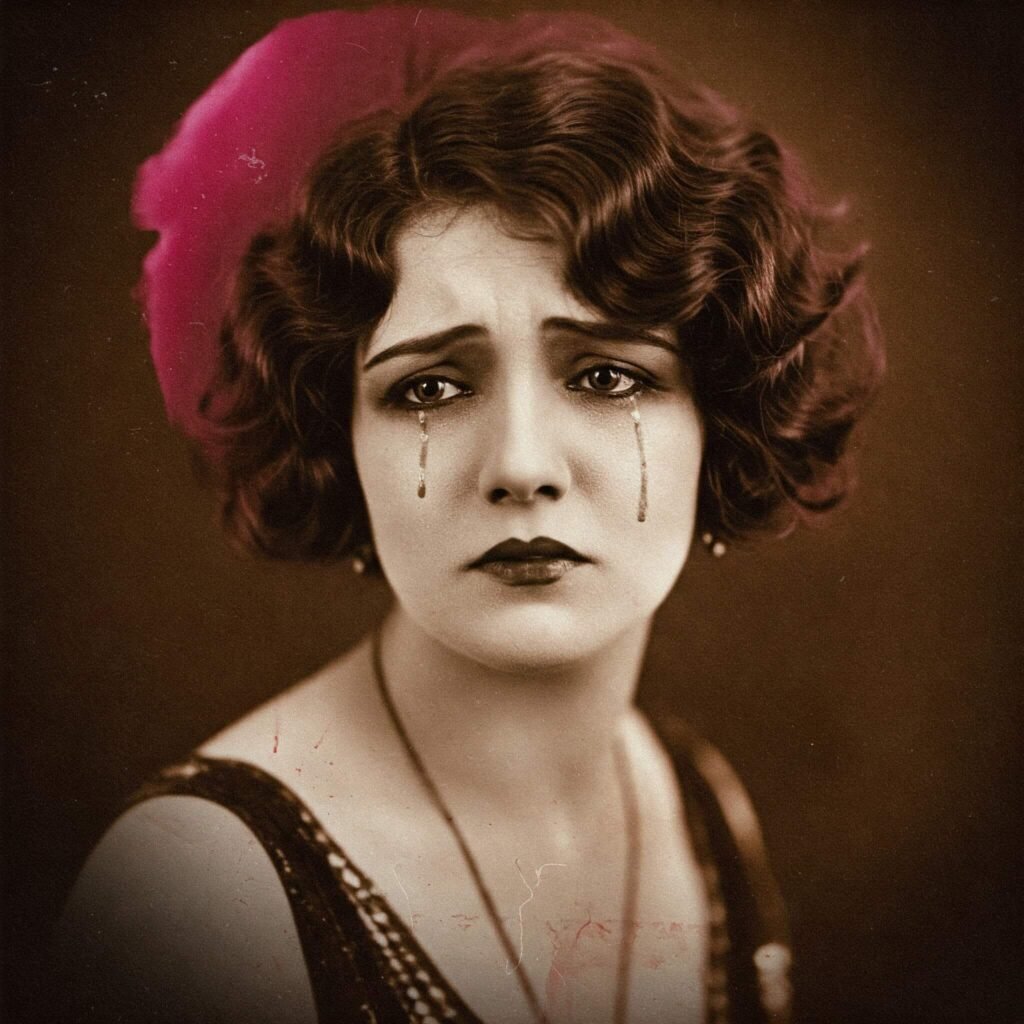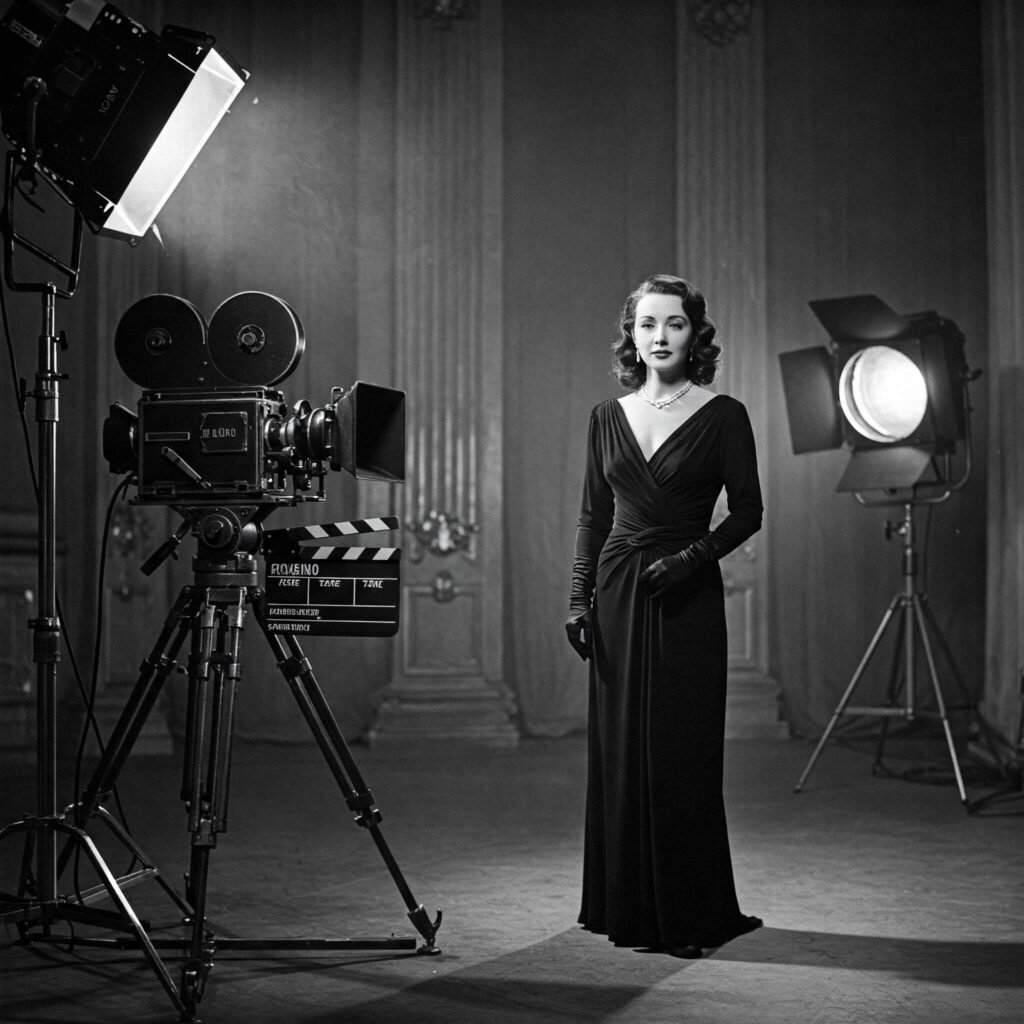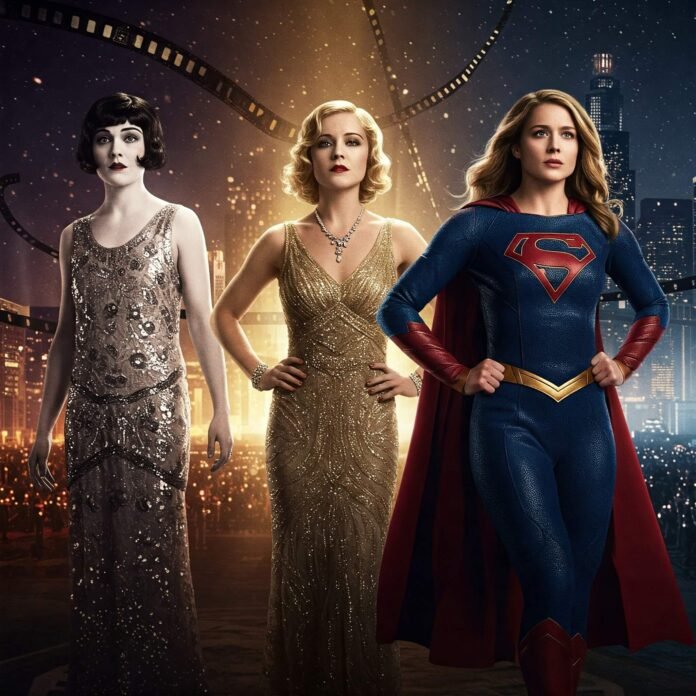The evolution of women in Hollywood roles has been a transformative journey, reshaping the film industry and challenging societal norms. From one-dimensional stereotypes to complex, empowering characters, women’s roles have evolved significantly, reflecting broader cultural shifts. This blog explores how female characters have progressed, the pioneers who drove change, and what lies ahead for women in cinema.
Why the Evolution of Women in Hollywood Matters
The evolution of women in Hollywood roles mirrors societal progress toward gender equality. Early films often confined women to roles like the damsel in distress or the supportive wife, but today’s narratives showcase women as multifaceted protagonists. This shift not only empowers audiences but also influences cultural perceptions of women’s capabilities.

A Historical Look at Women’s Roles in Hollywood
The Silent Era and Early Stereotypes (1900s–1930s)
In Hollywood’s infancy, women were often portrayed as fragile or morally simplistic. Silent film stars like Lillian Gish played virtuous heroines, reinforcing traditional gender roles. These characters lacked depth, serving as plot devices rather than fully realized individuals.
- Key Example: The Birth of a Nation (1915) depicted women as passive figures, reflecting the era’s limited view of female agency.
- Impact: Such portrayals cemented stereotypes that persisted for decades.
Outbound Link: Learn more about silent film heroines at The Silent Film Archive.
The Golden Age and the Femme Fatale (1940s–1950s)
The evolution of women in Hollywood roles gained momentum during the Golden Age. Actresses like Lauren Bacall and Ingrid Bergman introduced complex characters, including the seductive femme fatale and the resilient wartime heroine. However, these roles still often revolved around male leads.
- Key Example: Casablanca (1942) showcased Ilsa Lund as a nuanced character, yet her story hinged on male decisions.
- Data Point: A 2019 study by the Annenberg Inclusion Initiative found that only 15% of speaking roles in 1940s films were female.

Breaking Barriers: The Rise of Strong Female Characters (1960s–1990s)
The Feminist Wave and New Narratives
The 1960s and 1970s, fueled by the feminist movement, marked a turning point in the evolution of women in Hollywood roles. Actresses like Jane Fonda and Faye Dunaway portrayed independent, rebellious women who challenged societal norms.
- Key Example: Bonnie and Clyde (1967) featured Bonnie Parker as a bold, gun-wielding antiheroine, defying traditional female roles.
- Pioneer: Barbra Streisand, who also directed and produced, paved the way for women behind the camera.
Outbound Link: Explore feminist film history at Women Make Movies.
Action Heroines and Sci-Fi Icons
The 1980s and 1990s introduced women as action stars and sci-fi legends. Sigourney Weaver’s Ellen Ripley in Alien (1979) and Linda Hamilton’s Sarah Connor in Terminator 2 (1991) redefined female strength.
- Why It Matters: These characters were not defined by romance or victimhood but by resilience and leadership.
- Cultural Impact: Ripley and Connor inspired a generation of female-led franchises.
The Modern Era: Empowered and Diverse Women in Cinema (2000s–Present)
Leading the Charge: Blockbusters and Indies
Today, the evolution of women in Hollywood roles is evident in both mainstream and independent films. Characters like Wonder Woman (Gal Gadot) and Captain Marvel (Brie Larson) dominate blockbusters, while indie films like Lady Bird (Saoirse Ronan) explore nuanced coming-of-age stories.
- Data Point: The Geena Davis Institute reported that 40% of lead roles in 2022 films were female, a significant jump from 25% in 2000.
- Key Example: Black Panther (2018) featured powerful women like Okoye and Shuri, showcasing diversity and strength.

Women Behind the Scenes
The evolution of women in Hollywood extends beyond acting. Directors like Greta Gerwig and Ava DuVernay, along with writers like Phoebe Waller-Bridge, are shaping narratives that prioritize female perspectives.
- Actionable Takeaway: Support female-led films by watching and promoting projects from women directors and writers.
- Outbound Link: Check out female filmmakers at Sundance Institute.
Challenges and the Road Ahead for Women in Hollywood
Despite progress, challenges remain in the evolution of women in Hollywood roles. The Annenberg Inclusion Initiative found that only 34% of 2022 films passed the Bechdel Test, indicating persistent gender imbalances.
- Ongoing Issues:
- Underrepresentation of women of color in lead roles.
- Ageism affecting older actresses.
- Limited funding for female-directed projects.
- Future Trends:
- Increased demand for authentic, intersectional stories.
- Growth of female-led production companies.
- Expansion of roles challenging traditional beauty standards.
Actionable Takeaway: Advocate for diversity by supporting films that feature underrepresented women and sharing their stories on social media.
Conclusion: Celebrating the Evolution, Embracing the Future
The evolution of women in Hollywood roles reflects a broader cultural shift toward equality and representation. From silent-era stereotypes to today’s trailblazing heroines, women in cinema have shattered barriers and redefined storytelling. By supporting diverse narratives and female creators, we can ensure this evolution continues to inspire and empower.
Call to Action: Share your favorite female-led film in the comments and explore more stories of women in cinema!



































